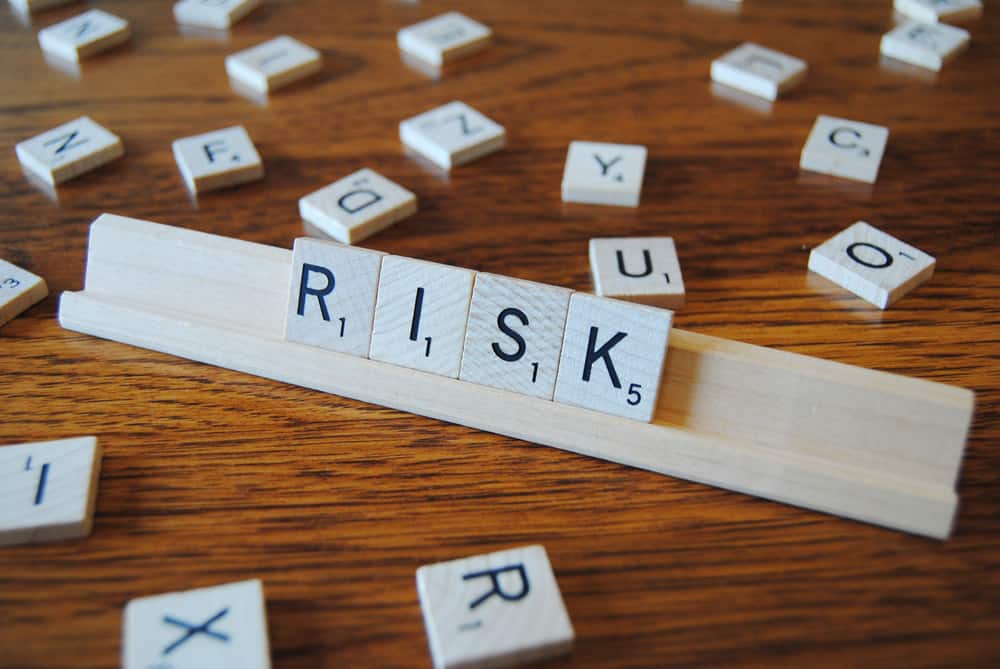By Pat Lucey, CEO and co-founder, Aspira
Taking risks is an essential element of entrepreneurial endeavour, but managing risk is not just to prevent bad things happening, it’s also to make good things happen.
Risk is a topic that divides opinion.
‘Nanny State’ headlines scream out when a new EU directive aims to prevent us leaving our TVs on for too long, or forbidding our children blowing up balloons, or not allowing kids to run in the school playground in case they fall and graze their knee – the list goes on.
On the other hand, popular opinion is outraged at the lack of risk controls that were implemented by banks and financial regulators leading up the bust of 2008, demanding answers on why they were allowed to gamble with all our futures.
As a project manager, a key part of my role is to manage risk on a project. That means spending some time foreseeing what could go wrong, then deciding which of all those things are important enough – or likely enough – that I need to do address them.
But I am also a business owner and entrepreneur. Should an entrepreneur take the same approach to risk as a project manager? Would entrepreneurs ever achieve what they do if they treat risk in the same cautious way?
Let’s explore the four options that project managers examine when dealing with risk.
Avoid
Risk avoidance is easy – it means not doing the risky thing. Worried you might perish during a sky dive? Simple, don’t jump. Of course on real projects you don’t always have the luxury to say no, so you instead have to look to transfer the risk.
Transfer
This means if the ‘bad thing’ happens, someone else has to foot the bill. Insurance is the most common example of risk transfer. If my car is stolen, my friendly insurance company will write out a cheque so that I can buy another one – no loss to me.
Of course there is a cost in paying for someone to take on that risk, so there is a cost to you after all.
Mitigate
To mitigate the risk, you reduce the likelihood of the risk occurring and reduce the pain if it does happen. Every day you sit into your car you are taking a risk. You mitigate that risk by obeying the rules of the road and by wearing a seat belt to minimise injuries.
There is still an element of risk remaining, but you do your best to make that risk as small as possible – small enough that you can live with it.
Acceptance
The fourth strategy; this is where the impact of the risk is smaller than the effort it would take to address it. Yes – my hair might get wet if I walk to the office. With my hairstyle that’s not an issue and I can happily accept that risk.
However, if my wife has just had her hair straightened, apparently any drop of moisture will cause it to frizz, so she would not be willing to accept that risk. An umbrella must be carried as a risk mitigation.
If entrepreneurs tried to minimise risk in the manner of a project manager, would any of their big initiatives ever have happened?
RISK AND REWARD
Now let’s look at this in the context of the life of an entrepreneur. Taking risks is an essential element of entrepreneurial endeavour. Steve Jobs or Richard Branson for example took many, many risks along the way. If entrepreneurs tried to minimise risk in the manner of a project manager, would any of their big initiatives ever have happened?
Interestingly, the answer is yes. Because the idea on managing risk is not just to prevent bad things happening, it’s also to make good things happen. There is such a thing as positive risk; better known as opportunity.
A good project manager will use his/her skills to evaluate all the risks (positive and negative) and then take calculated risks, meaning risks where the odds make sense.
To understand this, let’s assume I offer you a choice: I give you €10, with no questions asked, or to toss a coin and give you €100 if you win the toss (with no downside if you lose).
Pat Lucey, Aspira
What should you do? The project management approach is to calculate the value of that risk/opportunity. The €10 option is worth exactly that, whereas the coin toss option is worth 50% of €100. Therefore you are being offered a choice between something worth €10 and something worth €50. The sensible thing to do here is take the risk of the coin toss.
Successful entrepreneurs don’t take a succession of crazy risks. They may take the occasional outlandish risk, but those will be greatly outnumbered by a series of calculation and rational risk-based decisions.
In my experience, too many would-be entrepreneurs adopt a fatalistic approach to risk. They have read the books saying that a ‘never give in’ attitude is essential to success, so they decide to ignore all risk and just plough ahead regardless. This is risk ignorance rather than risk avoidance.
I argue that an entrepreneur needs to take a pragmatic approach to risk management, to identify the most likely problems that may arise and then use their creativity to find novel ways to overcome those risks.
Entrepreneurs don’t just need to take risks – they also need to manage risks.
Photo: GotCredit
About the blogger
Pat Lucey is CEO and co-founder of Aspira, the enterprise IT specialists.
Pat comes from an engineering background, holds PMP certification, IPMA Level B status, Digital Six Sigma Green Beltand is a qualified ISO9000 and SEI-CMM auditor.

